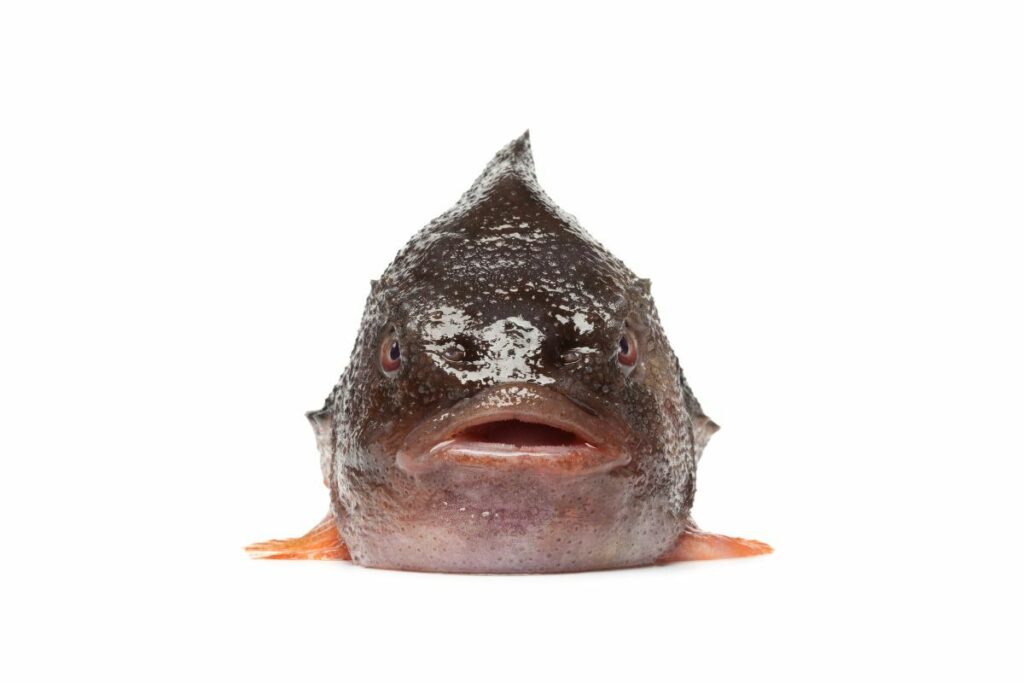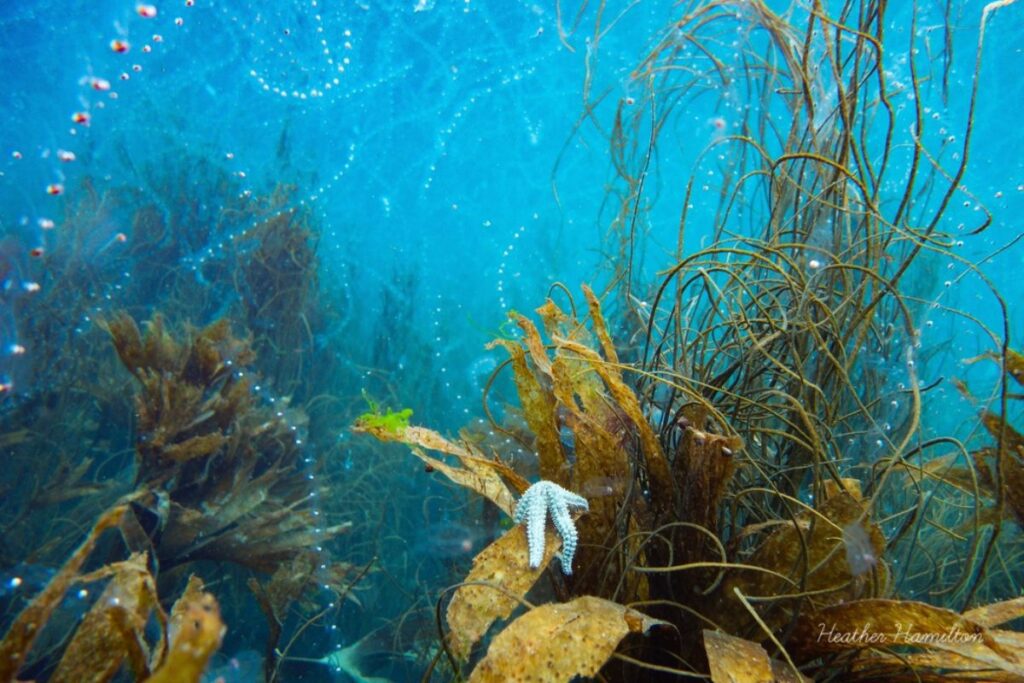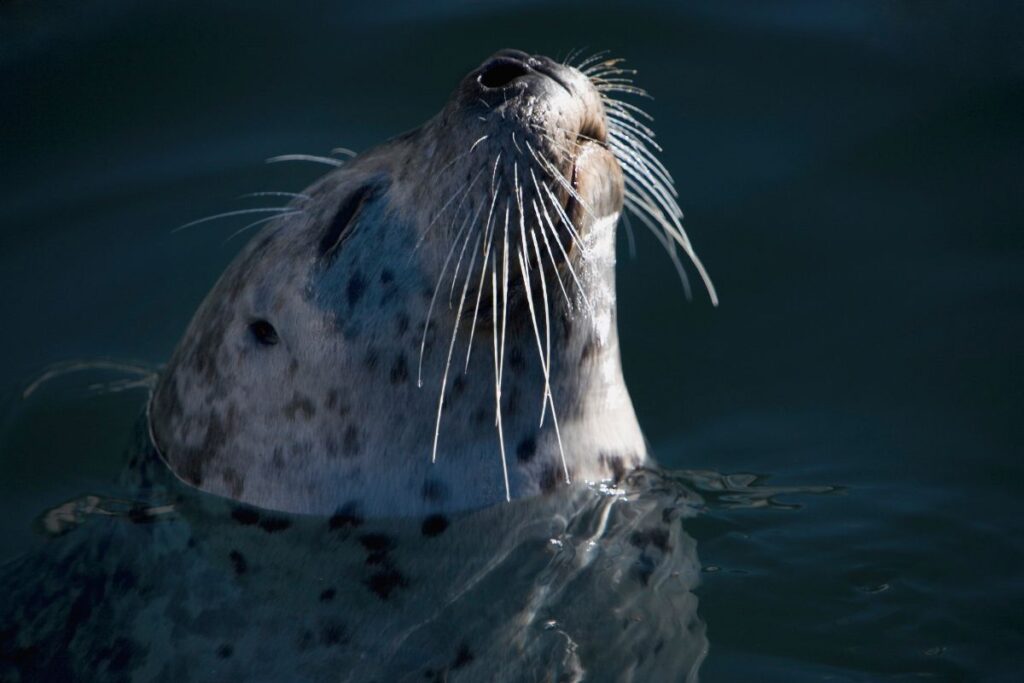What Is a Rock Pool?
Rock pools are formed in intertidal zones, where pools of water form between rocks as the tide comes in and out. They are a brilliant way to explore sea life without ever needing to leave the land.
Below the water’s surface, rock pools are full of life, and UK rock pool creatures come in a huge variety of species. These species are fascinating because they are able to survive in constantly changing environments. Some of the creatures in a rock pool come and go with the tides, whilst others are permanent residents – another reason to go rock pooling all year round!
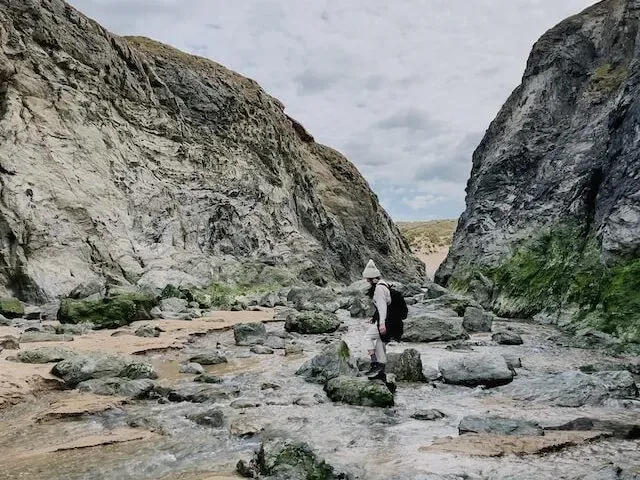
How to Become a Rock Pooler?
Rock pooling is a great interactive and educational activity for families of all ages. It encourages us to get up close and personal with an abundance of species, and you’ll have the most fun when you get stuck in.
Don’t be afraid to get your hands dirty – to find out what lives in a rock pool, you’re going to need to turn over rocks, check crevices and inspect seaweeds. The longer and closer you look, the more you will see! Thankfully all the equipment needed to go rock pooling is yourself, but a bucket or Tupperware is handy to help you have a closer look.
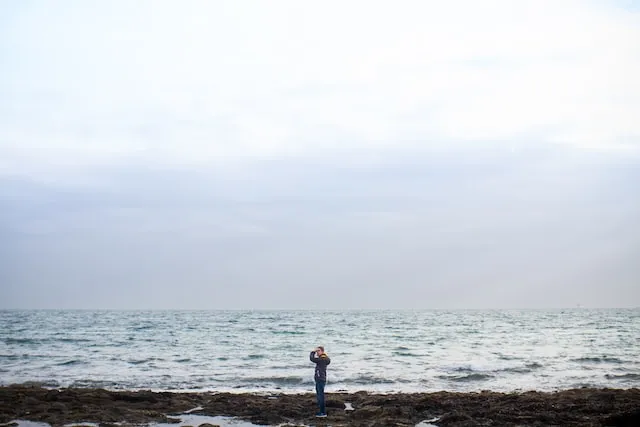
Where Are the Best Rock Pool Beaches in Cornwall?
Cornwall is full of amazing beaches and wildlife. Here are our favourite beaches for rock pooling:
Polzeath Beach
Polzeath Beach is one of the North Coast’s best spots for rock pooling. This beach is westerly facing and sandy but has a large selection of rockpools that scatter the bay waiting to be explored. The beach has easy access with parking and toilets close by.
Hannafore Beach
Located to the west of Looe, Hannafore Beach is mainly shingle, however, during low tides, huge expanses of rock become exposed along with various rock pools. There is a helpful sign that shows you which species to look out for, which helps with rock pool creatures identification in the UK. There is parking on the road, or you can walk to Hannafore from one of the main car parks at Looe.
Duckpool Beach
This beach is fairly remote, so it doesn’t often get very busy, which is handy if you’re after some peaceful rock pooling. Duckpool Beach is a small west-facing beach with great rock pools, but make sure you check the tide times as it is nearly completely underwater at high tide. The beach has easy access and a car park close by.
Castle Beach
Castle Beach is a shingle beach in Falmouth, very close to the popular Gyllyngvase Beach. During low tide, many rock pools are revealed for exploration. A large range of biodiversity can be found at this location, meaning it’s a popular survey site. There is parking available adjacent to the beach, and access is easy.
Treyarnon Bay
Treyarnon Bay is a sandy north-west facing beach backed by dunes that contain many rock pools on the northern side. There is even one massive rockpool big enough to explore by swimming in it! With parking and toilets available at the beach, and easy access to the beach, it’s a great location to spot rock pool creatures in the UK.
Fistral Beach
Although Fistral Beach has a brilliant reputation for its surfing, there are a huge number of rock pools just waiting to be explored at low tide. The beach is sandy, and there is parking available, although due to its surfing reputation, it can get busy over the summertime. If it’s crowded in the sea, why not spend time looking for fish in rock pools instead?
Whitsand Bay
This golden sandy beach is considered one of Cornwall’s hidden gems. A huge array of marine life can be found in the rock pools here, and there are a large number of rock pools scattered across the beach on low tides. Steep steps and paths mean access from parking areas can be difficult, but it’s worth the effort.
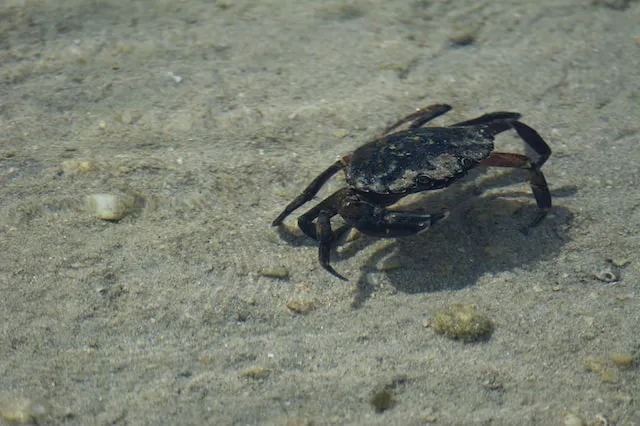
What Creatures Live in Rock Pools?
There are many sea creatures and species to find in rock pools. Cornish rock pools commonly contain snails, starfish, limpets, shrimps, crabs, seaweeds and anemones. We recommend taking a guidebook and camera out with you, so you can correctly identify what you’ve found! In larger pools and at lower tide, you’ll want to identify the fish found in rock pools, it’s quite a sight!

Here are some of the most likely species that you’ll encounter:
Anemones:
Beadlet anemone – When disturbed or when the tide goes out, it retracts its tentacles and often resembles a blob of red jelly!

Snakelocks anemones – did you know Snakelocks anemones contain a special protein that makes them glow fluorescent green under ultraviolet light!
Strawberry anemone – similar to the well-known beadlet anemone but slightly larger with tiny green spots.
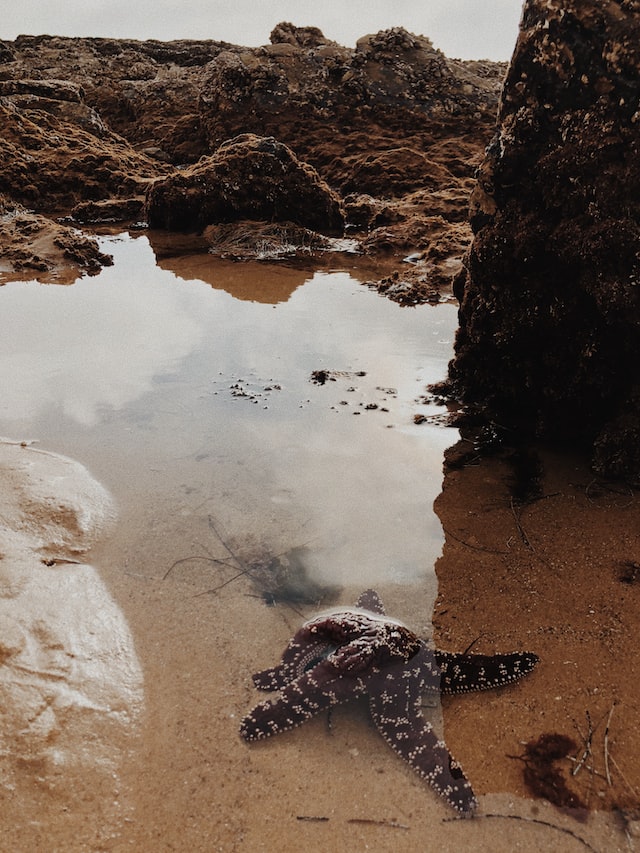
Starfish:
Common starfish
Cushion starfish
Spiny starfish
Brittle starfish
Bloody Henry starfish
Common brittlestar
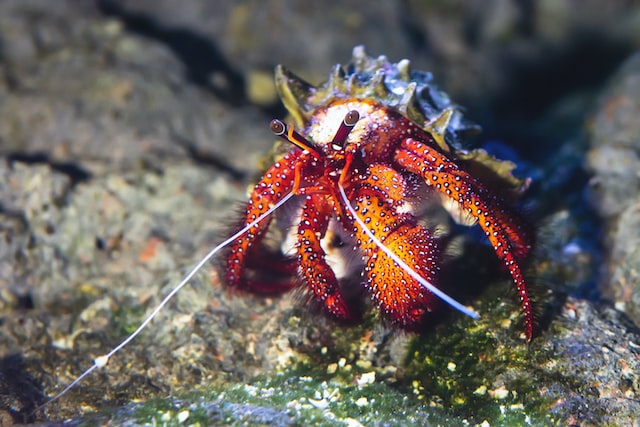
Others:
Shore Clingfish
Rock goby
Common blenny
Tompot blenny
Montagu’s blenny
Velvet swimming crab
Hermit crab
Montagu’s crab
Stalked jellyfish
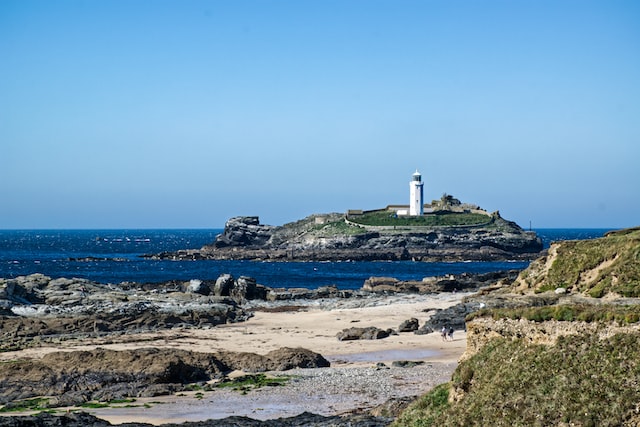
Rock Pool Safety and Etiquette
Make sure to move slowly and carefully when you are in or near the rockpools. You don’t want to end up frightening wildlife away or damaging the creatures’ habitats. It’s also important to put rocks back as they were and release any species back where you found them, as some can be very territorial.
Rock pooling can be addictive! Time flies when you’re having fun, so make sure you dress appropriately and stay hydrated. Take plenty of water with you and if you’re rock pooling during sunny conditions, make sure to wear a hat and sunglasses and apply plenty of sun cream. Comfortable and sturdy waterproof shoes are best, as rocks and seaweed can be slippery, with sharp limpet and mussel shells covering them.
Make sure always to check the tide times. Low tide is the best time to go out as the rock pools are revealed, but always keep an eye on the waves and water level. You can walk quite some distance without realising, and at some locations, could be cut off by the tide. Take a buddy with you so you can share your finds and have a helping hand in case of an accident or danger.
Rockpooling Tips and Tricks
- Spring tides are unbeatable! They uncover the best pools and sea life, which normally can’t be explored. Tides lower than 1.2m are the best for rock pooling.
- Try not to cast a shadow over your rock pool, this can panic the pool’s inhabitants and might stop you from finding them.
- If you don’t have a bucket, just take a reusable Tupperware tub. This saves you from needing to buy a new bucket which helps your bank account and the planet. Don’t keep anything in the bucket for too long, though, as oxygen levels will deplete and the temperature rises, which alarms the creatures.
- Rock pool creatures can be elusive, so look for any signs of movement or colours and shapes that stand out as this could be a giveaway.
- Try to avoid using nets when rock pooling, lots of species are small and can become trapped in the tiny holes. A bucket or Tupperware reduces the risk of harming any creatures.
- Take a camera and ID book with you. This will help you identify what you have been looking at, and you’ll find out facts about your rare finds. Writing a species list keeps track of what you’ve seen and where you saw it.
- Take your time. Rock pooling can require a fair amount of patience, but it almost always pays off and is a brilliant way to connect with sea life from the comfort of dry land.
- Whilst you are rock pooling don’t forget to look out to sea and see if you can spot a dorsal fin or two, as you may be lucky enough to spot some dolphins. If you would like to see more wildlife close up, we would love to see you on our 2 hours sealife safari!
